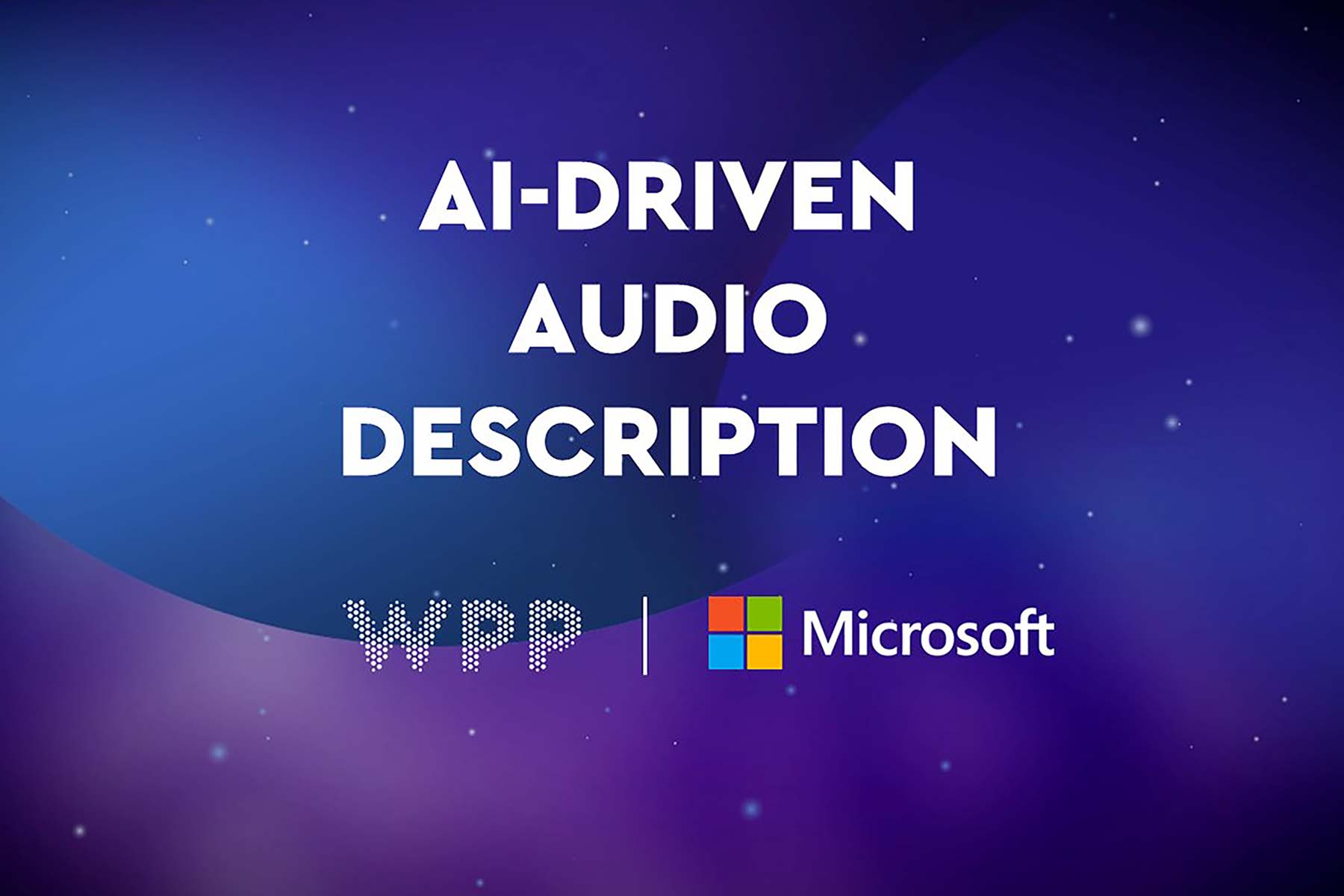
Activating sports events – the ultimate balancing act
WPP Sports Practice takes a look at the art of timing for sports event activation, for sports organisations and brands alike, with a special focus on the FIFA World Cup 2026
Sports events are much more than ‘just’ competitions. They are the ultimate stage on which sports organisations and brands showcase themselves to the world, thereby attracting new consumers, fans and commercial relationships.
By 2028, the sports event market is projected to be worth almost $38bn, making it a vibrant and valuable environment for communications and marketing activations – if done well.
With the sports event calendar being crowded, ascertaining the right timing (and process) for activation can be a challenge.
Chris Console, Executive Vice President & Sports Lead at BCW, and Tanya Heimlich-Ng Yuen, Director of Client Services at Two Circles – two leaders and experts in their field – consider three ways in which the best activations can be distinguished from the rest.
1. Start early – within reason
Starting early means messaging lands before consumers are bombarded with marketing from all directions. And early activation helps connect those groups that are relatively new to the sports event or the brand, and have not yet developed an awareness of either the brand or the event, or both.
“Give yourself a longer lead time to drive fans down the funnel from awareness to conversion, and drive maximum revenue,” says Heimlich-Ng Yuen. This is particularly important in relation to earned media and sponsorship, which require longer lead times.
While starting early is vital to successful activation, Console also points out that all communication efforts require a careful strategy to ensure momentum is created and built upon. He says: “There’s a risk of sprinting too early without establishing an effective pace and missing that all-important window of event visibility.”
In terms of the FIFA World Cup 2026, FIFA and brands associated with the event should build upon existing football (soccer) coverage and take the opportunity to engage with those not interested in the event previously.
And let’s not forget that soccer in North America competes for attention with other sports leagues such as the NFL, NBA and MLB, so integrating activations around the sport – and the FIFA World Cup 2026 – into the broader media landscape, will take time.
2. Know your environment
While general rules and timelines for activating around sports events can be useful, every event – and its context – is unique. So, it’s vital for sports organisations and brands to really know their audience before deciding when – and how – to activate.
Heimlich-Ng Yuen emphasises the importance of understanding existing fan data to predict when best to engage. “Look at your existing data and gather new insights from fans,” she says. “The key is to understand how existing fans have behaved previously – be it around consumption, ticket purchasing or engagement – and then build on that insight to reach prospective fans going forward.”
The same applies to the event’s location. As Console says: “Establish points of differentiation to connect with audiences. In some cases, organisations and brands are already rooted in the cities and towns in which the events are taking place, thereby providing an authentic backdrop and narrative with enhanced messaging credibility.”
If we apply such thinking to the FIFA World Cup 2026, the diversity of fan demographics – and their behaviour – makes this analysis even more important. After all, fan engagement in the sport (and the event itself) varies wildly between demographics.
Studies have shown, for instance, that the Hispanic communities in the US are far more engaged in football than those of other demographics. The interest, and type of interest, in the event across the world is similarly diverse and calls for tailored approaches for maximum impact.
3. Think in 'moments'
While the start date of an event’s activation is, of course, important, perhaps more important is building messaging around moments leading up to an event. Console says: “Establishing a timeline with key programming milestones is imperative for an effective campaign. It’s important to implement a marketing communications strategy that features a beginning, middle and a crescendo ending timed to the event itself.”
Heimlich-Ng Yuen adds: “Successful activations hinge on using moments associated with the event to drive eyeballs. Many fans come for the athlete and stay for the sport, so it’s crucial to activate with ‘product focused hooks’.” This can include, for instance, messaging in relation to the competing athletes and teams, and the significance of the event itself in the context of the wider calendar.
In terms of the FIFA World Cup 2026, there are multiple opportunities for the ‘moments’ approach. This year’s Copa America tournament – to be hosted in the US and likely to feature all three host countries of the World Cup – provides the ideal platform on which to launch communication initiatives and through which to gather key insights to inform future efforts.
Other moments that generate a spotlight on the event – such as launching ticket platforms and unveiling mascots – can also be useful vehicles for building marketing efforts.
Start now
For rights-holders, partners and hosts to reap the benefits of sports events, the action starts long before the start of the event itself. But those benefits will only be full realised if communication and marketing efforts are forward-looking, data-driven and peak at key moments.
For many sports organisations and brands aiming to activate in and around the FIFA World Cup 2026, the time to start is now.
published on
07 February 2024
Category
More in Experience

Let’s add audio for visually impaired audiences
How to make advertising more accessible for visually impaired audiences

The Future 100: wellbeing, humanity, emotion and tech
This annual trend spotter – by WPP’s VML – gives us the context for the new normal for marketing in 2024.

